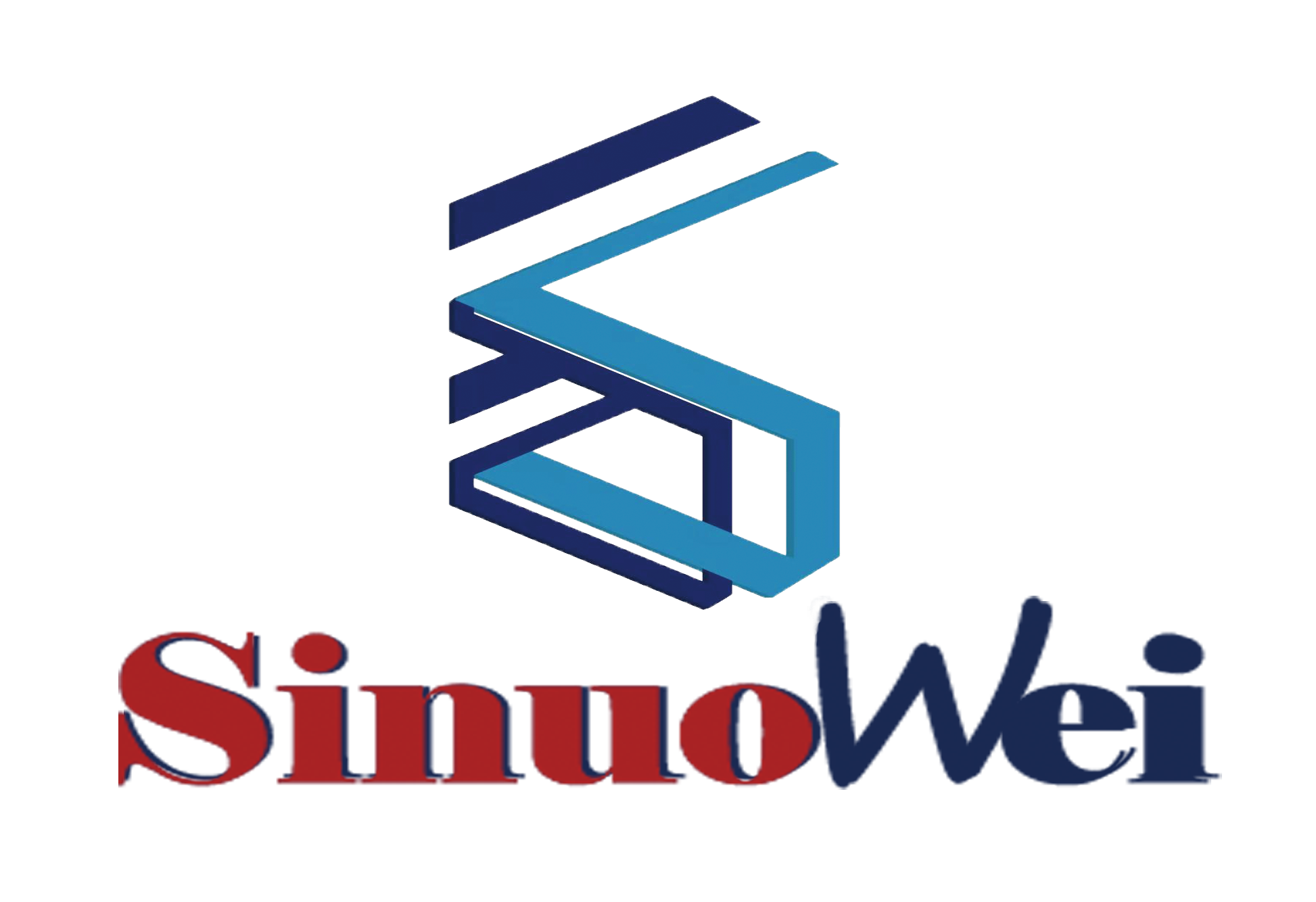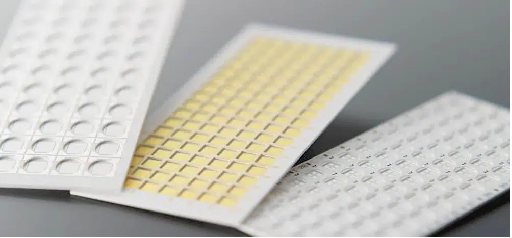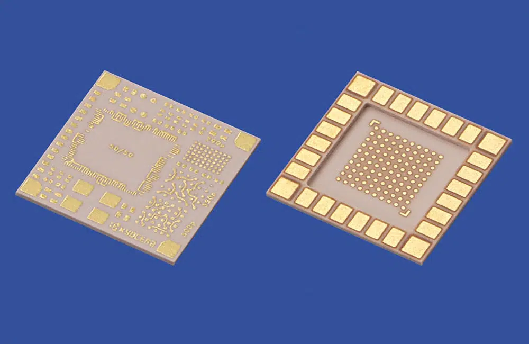
- +86 18120750932
- colin@xmsinuowei.com
- www.xmsinuowei.com

What is LTCC(Low Temperature Co-Fired Ceramics)?

Low Temperature Co-Fired Ceramics
Low Temperature Co-Fired Ceramics (LTCC) uses glass/ceramic materials as the dielectric layer of the circuit, and uses high-conductivity metals such as Au, Ag, Pd/Ag as inner and outer electrodes and wiring, and is printed in parallel. It is a kind of ceramic made by printing multi-layer circuit in the way of lamination and co-sintering in a sintering furnace below 950 ℃.
Advantages of LTCC(Low Temperature Co-Fired Ceramics)
The LTCC substrate has the advantages of small wiring conductor square resistance, many wiring layers, high wiring density, low sintering temperature, low dielectric loss, excellent high-frequency performance, thermal expansion coefficient matching with various chips, etc., thus becoming an ideal leading substrate for high-density integration.
LTCC can embed passive components such as resistors, capacitors, inductors, antennas, filters, baluns, couplers, duplexers, etc. It is easy to form cavities with various structures, which can be combined with thin-film precision wiring technology or realized by laser processing Hybrid multi-layer substrate MCM-C/D with higher routing accuracy and better performance.
Ceramic packaging of LTCC substrates can improve the packaging requirements of components (modules) for high frequency, low loss, high-speed transmission, and miniaturization.
What is the LTCC package used for?

LTCC package
LTCC package products have been widely used in aerospace, aviation, communications, radar and other fields, and LTCC products have also been widely used in the 5G field that requires higher data transmission rates, bandwidth and lower latency. The frequency of LTCC package products has exceeded 100 GHz , has broad development prospects and application markets.
Source:IBE Electronics

Service online